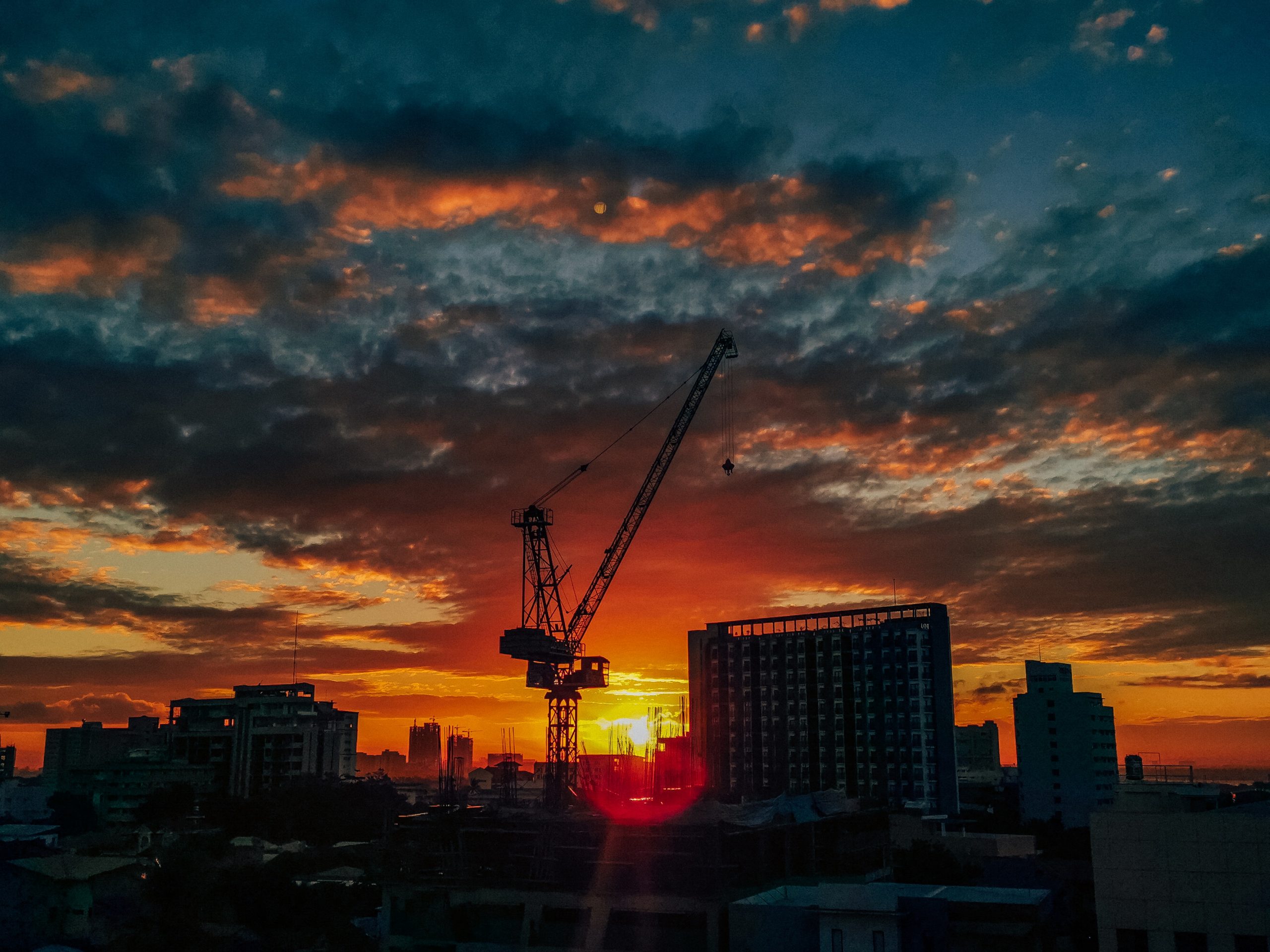When a natural disaster strikes, it causes significant damage to infrastructure and buildings. The resultant economic disruption and loss of life can leave many families severely affected. After such disasters, the goal is to efficiently mitigate damage and get life back as close to normal as possible. Precast concrete structures are built using components that can withstand severe natural disasters, with elements that are highly resistant to fires, water, and winds.
Precast Concrete is Resilient, Durable, and Strong
A disaster, such as an earthquake, can leave massive damage to buildings, human life, and infrastructure. That is why building material like precast concrete is ideal in disaster-prone areas, due to its speed of construction, durability, and strength. They can withstand even the severest of the elements and natural disasters, such as earthquakes. Structures constructed with precast concrete can also resist water, fires, and environmental hazards.
Components Designed to Withstand Seismic Activity
Since precast concrete components are designed to withstand seismic forces, they rarely deform or crack during an earthquake. This means buildings and other structures built using precast concrete components ensure minimal damage to life and property during an earthquake. As long as one is sheltered in a precast concrete structure, the impacts of an earthquake will be less severe.
Speed of Construction Allows Quick Recovery After A Disaster
One critical advantage of precast concrete is the speed of construction. Components made using precast concrete are manufactured at a different location and later transported to the assembly site. This means faster construction time onsite, which is an absolute necessity after disaster strikes.
Precast Concrete is Water Resistant
During storms and hurricanes, water wreaks havoc on buildings and other installations. City infrastructure can be left in ruins as storms rip through neighbourhoods and streets, however, structures built with precast concrete remain intact long after storms and strong winds subside. Water-resistant designs feature coatings, sealants, and drainage systems to ensure the building stays standing after a hurricane.
Trends in the Use of Precast Concrete Structures in Disaster-Prone Areas
The emerging trends in the precast concrete industry are aiding the production of precast components that mitigate damage in disaster-prone areas. As construction technology becomes more sophisticated, many opportunities have emerged, including the use of precast concrete in areas prone to natural disasters. Advancements in manufacturing technology, for instance, are leading the charge toward more intricate and complex concrete components.
For example, the precast industry has continued to witness an increase in 3D printing technology, allowing precast manufacturers to make complex designs and shapes that have been difficult or impossible to manufacture using traditional production methods. There has also been an increase in the use of CNC (computer numerical control) machines in the industry. These machines make achieving high accuracy and precision when shaping or cutting precast concrete possible with precise molds.
Another emerging technology, known as BIM (Building Information Modeling), is drastically changing the precast manufacturing scene. The technology provides a virtual environment where the modelling and designing of intricate precast components is done. Since the designs are modelled in a virtual environment, it’s possible to identify and address potential shortfalls before commencing production. The technology also allows the quick and efficient production of complex components.
Precast concrete is a highly durable construction material that makes it ideal for disaster-prone areas. There’s minimal damage in areas where structures are built using precast concrete, mainly since some of its attributes include fire, wind and water resistance. For instance, since the 2011 Christchurch earthquake in New Zealand left buildings severely damaged, the city was rebuilt with precast concrete components that were strong enough to withstand aftershocks and seismic forces. Besides its resilience, the speed of reconstruction made possible by precast concrete means the ability to restore normal life after disasters strike.

